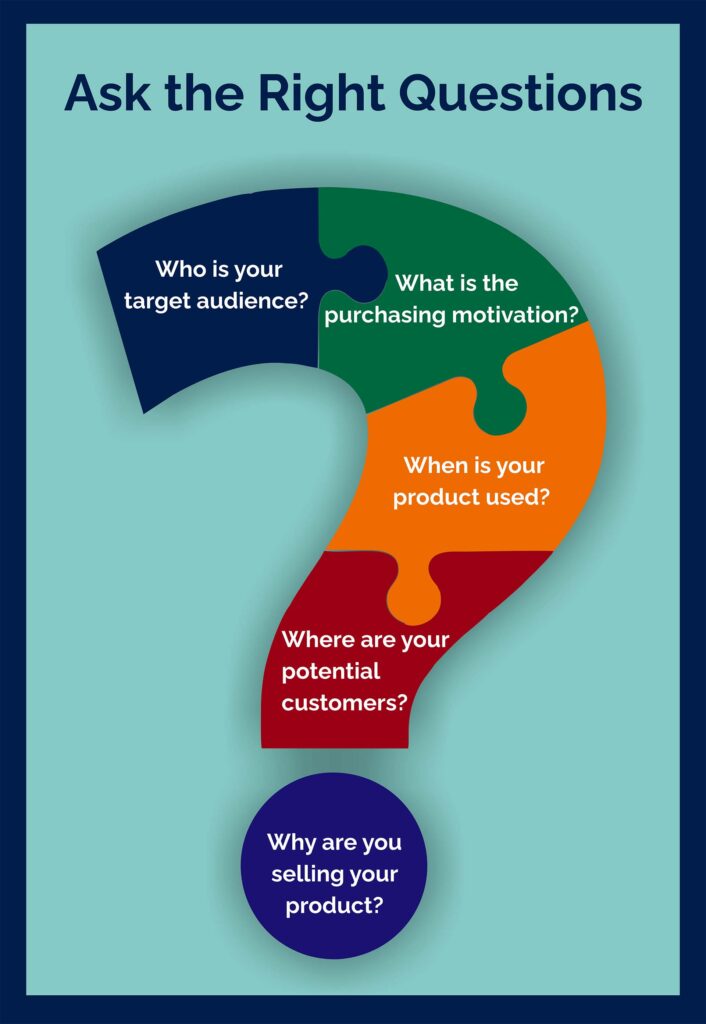Ideation is the most vital part of any business. It is a process where you think about problems and ideate solutions to solve those problems. Ideation can be done through a series of ideation techniques like sketching, brainwriting, brainstorming, prototyping, worst possible ideas, and so on.
Ideation is the most interesting and challenging phase for any startup. It is interesting because you can explore different avenues and develop a wide range of options that you can explore. At the same time, it is challenging because you need to narrow down your choices to come up with the most viable product.
According to d.school, ‘An Introduction to Design Thinking PROCESS GUIDE’, “Ideation is the mode of the design process in which you concentrate on idea generation. Mentally it represents a process of ‘going wide’ in terms of concepts and outcomes. Ideation provides both the fuel and also the source material for building prototypes and getting innovative solutions into the hands of your users.”
‘‘
Mentally, ideation represents a process of ‘going wide’ in terms of concepts and outcomes.
Why is ideation important?
Ideation is a critical phase that helps you to:
Ask the right question with the focus on your users to innovate solutions that your users will absolutely love.
Get past the obvious questions, drive your team to focus beyond the obvious.
You have a large number of quality ideas to choose from.
Each team member gets the opportunity to bring out his/her perspective so that you have a large variety of innovative options.
Do we really need ideation?
Don Norman, the Grand Old Man of User Experience, takes us a step backward and helps us think about why we need to challenge assumptions. He reinforces us to ask stupid questions and provoke our present understanding. He mentions that it is not at all stupid to ask stupid questions.
“You ideate to transition from identifying problems to creating solutions for your users. Ideation is your chance to combine the understanding you have of the problem space and people you are designing for with your imagination to generate solution concepts. Particularly early in a design project, ideation is about pushing for the widest possible range of ideas from which you can select, not simply finding a single, best solution.”

What questions to ask during an ideation session?
Ideation is the most critical phase for any startup, and every startup needs to start with this phase when you ask what product you want to make and what industry you want to be in. This is the toughest question to answer during your ideation process.
Know that you want to build a product and enter into a new market not because you think you have a great product but because your customers absolutely love it. Remember, your solution is going to solve someone’s frustrations at once.
Deciding the industry and the product you want to build
Most startup founders think that they have an amazing product idea, and once they make the product, people will come and turn into loyal customers or users. But unfortunately, that is not the case. First, you need to identify if there is really a need for your product? Here is a quote from a failed founder. “I realized that essentially we had no customers because we were working to make a doctor’s office amazing, while all the doctors wanted were more patients.”
Thus, for your startup to succeed, you need to identify your target market. Do you know that most startups fail because the founders created a product that had no market need? So, it is necessary to identify the market you want to be in. How do you decide which markets you want to be in? Here are some deciding factors that would help you to get started asking the right questions.
‘‘
Ideation is about pushing for the widest possible range of ideas from which you can select, not simply finding a single, best solution.
Start by asking who?
Ask who is your target audience to better profile your target audience. Remember, you are asking them questions to better profile your target audience. So, your who questions need not be restricted to only the obvious questions like gender, age, or marital status, especially if these parameters are not going to affect the product usage. You can leverage web analytics, surveys, and interviews to find the answer to your question.
The next question to ask is what?
The ‘what’ question is super effective in identifying the target market. For example, what is the purchasing motivation of your product? Or, what are the frustrations they face? Answering such questions would help you narrow down your search.
When?
Knowing ‘when’ helps you to determine some important factors, especially if your product is seasonal or time-dependent. For example, if you’re into SaaS – B2B industry, the decision-makers might be interested in speaking to you before and at the end of Q4. If your target audience is students, session time can play some important role, and so on.
Where?
Where are your potential customers? Where are they looking for solutions? Needless to say, customers are no longer looking for solutions only in the physical space. So, it is important to know where are your potential customers spending most of their time? Is it social media, search engines, forums, or online shopping platforms?
The most important of all – the why
Answering the why question is often the most difficult one, but knowing the answer to ‘why can help you build the most profitable and scalable business.

Know your competitors
It is rare for startups to come up with a product or solution that is not there already. While your idea might be unique, know that you will be a part of an existing industry. So, you need to understand how you will position your industry, what your differentiator will be. To know this, it is important to analyze your competitors and understand what they are doing.
Connect with people
While making assumptions and competitor analysis can give you some ideas, it is important to understand what people are actually thinking. Connecting and talking to people can help you get first-hand insight. Interviews and focus group discussions are some good ways to get started with connecting with people.
Promising ideas in the Post-Covid era
The novel Coronavirus has wrecked enough havoc on the lives of millions of people across the globe. The pandemic has completely changed the business scenario and how work was done. As the vaccine drive is on and businesses are slowly limping back to normalcy, several businesses are thriving because they found opportunities amidst challenges. If you’re planning to start your startup, now is the best time to do so. Here are some ideas that are going to flourish in the post-pandemic world.
Ecommerce
The pandemic has completely changed the retail scenario. As the adoption of the internet has seen a rapid rise in the country, more consumers prefer online shopping. Be it food, groceries, medicine, people are relying more on online platforms. So, if you are into the doorstep delivery business, you can see a lot of traction in the coming days.
OTT Platforms and Online Gaming
Since the lockdown started in the country and social distancing has become the new normal, over the top media or OTT platforms are gaining high popularity. As other physical recreational hubs stay close for an indefinite period, online gaming fills the vacant. So, this is another area that you can ponder on.
EdTech
Online education has been the only mode of education for the last year. Although there is no replacement of schools and colleges, online education has been the need for hours when everyone is speaking about practicing social distancing. Amidst this chaos, the Ed-Tech industry sees a surge in India, and it is a good time to forge in this segment.
Health and wellness
With a worldwide health emergency, many startups are investing in this industry. Be it online medicine delivery, eHealth, online consultation, there are different business ideas to explore in this field.
FinTech
As consumers and B2B companies move towards cloud-based solutions, Fin-Tech sees a good amount of traction in the post-covid world. In fact, a new report by Fleishman Hillard predicts that Fin-Tech is going to be instrumental in the global economic recovery.
SaaS and Remote Working Tools
As remote working is becoming the new normal, the SaaS industry sees a high surge. Different SaaS tools and remote working tools are seeing high traction in this volatile market.
What product do you want to build?
Once you know your target market and what industry you want to be in, the next obvious question is which product to build. For example, if you have decided to explore the eCommerce industry, what will be your offering? Once you decide on the industry you want to be in, identify your target audience’s problem. Understand their frustrations and think about how you can solve their problem with your unique solution.
Market research is an investment
Simply put, market research helps you to gather the information that you can use to make the most desirable product. It also helps to identify a specific section of the market that you want to target. Market research also helps to identify the geographical areas where you want to launch your product. It gives you enough information about the industry, the industry’s growth, what technological developments are affecting the industry, what areas are declining, and so on. The market research also helps you gain insight into what the consumer is behaving like, the purchasing power, and how much sales volume you can expect. The market research also gives you insights into your competition.
Know the market trend
Knowing the industry you want to venture into, is not enough. You need to understand the current market trend and if the users will desire your product. For example, if you want to enter the eCommerce industry, you need to sell products already in demand. For example, if you’re into fashion, then peel-off face mask is a product that sees a rise in sales across Google Trends and Amazon in 2021.
According to search data from Keywords Everywhere, the term “peel-off face mask” received 30,000 searches per month, with the phrase “face peel” receiving another 27,100 searches per month, variant “charcoal face mask” receiving 41,000 searches per month, and “facial mask” 81,000 per month. Now, isn’t that amazing to be armed with such data to make an informed decision?
Key takeaways
Identifying what product you want to make and what industry you want to be in is a long way. While making assumptions, you need to gather concrete data from multiple sources to understand if your assumption is correct. Once you are convinced, apply your inputs to launch your idea into a product or solution. But your task doesn’t end there. You need to review it constantly and be open to change if the need be.




